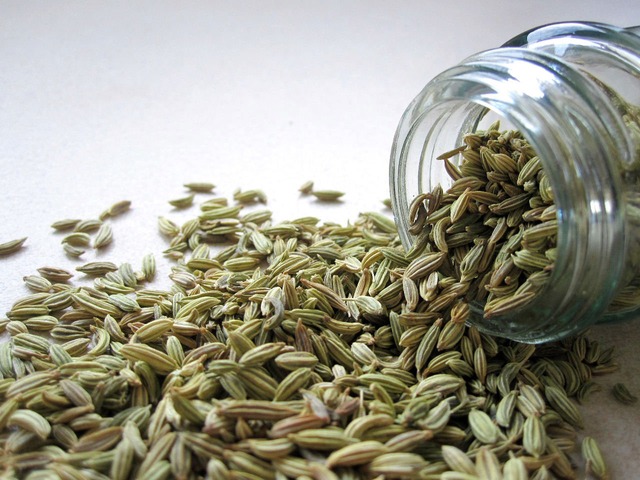METHODS OF CURING
Culinary herbs may be divided into three groups; those whose foliage furnishes the flavor, those whose seed is used and those few whose roots are prepared. In the kitchen, foliage herbs are employed either green or as decoctions or dried, each way with its special advocates, advantages and applications.
Green herbs, if freshly and properly gathered, are richest in flavoring substances and when added to sauces, fricassees, stews, etc., reveal their freshness by their particles as well as by their decidedly finer flavor. In salads they almost entirely supplant both the dried and the decocted herbs, since their fresh colors are pleasing to the eye and their crispness to the palate; whereas the specks of the dried herbs would be objectionable, and both these and the decoctions impart a somewhat inferior flavor to such dishes. Since herbs cannot, however, always be obtained throughout the year, unless they are grown in window boxes, they are infused or dried. Both infusing and drying are similar processes in themselves, but for best results they are dependent upon the observance of a few simple rules.
No matter in what condition or for what purpose they are to be used the flavors of foliage herbs are invariably best in well-developed leaves and shoots still in full vigor of growth. With respect to the plant as a whole, these flavors are most abundant and pleasant just before the flowers appear. And since they are generally due to essential oils, which are quickly dissipated by heat, they are more abundant in the morning than after the sun has reached the zenith. As a general rule, therefore, best results with foliage herbs, especially those to be used for drying and infusing, may be secured when the plants seem ready to flower, the harvest being made as soon as the dew has dried and before the day has become very warm. The leaves of parsley, however, may be gathered as soon as they attain that deep green characteristic of the mature leaf; and since the leaves are produced continuously for many weeks, the mature ones may be removed every week or so, a process which encourages the further production of foliage and postpones the appearance of the flowering stem.
To make good infusions the freshly gathered, clean foliage should be liberally packed in stoppered jars, covered with the choicest vinegar, and the jars kept closed. In a week or two the fluid will be ready for use, but in using it, trials must be made to ascertain its strength and the quantity necessary to use. Usually only the clear liquid is employed; sometimes, however, as with mint, the leaves are very finely minced before being bottled and both liquid and particles employed.
Tarragon, mint and the seed herbs, such as dill, are perhaps more often used in ordinary cookery as infusions than otherwise. An objection to decoctions is that the flavor of vinegar is not always desired in a culinary preparation, and neither is that of alcohol or wine, which are sometimes used in the same way as vinegar.



